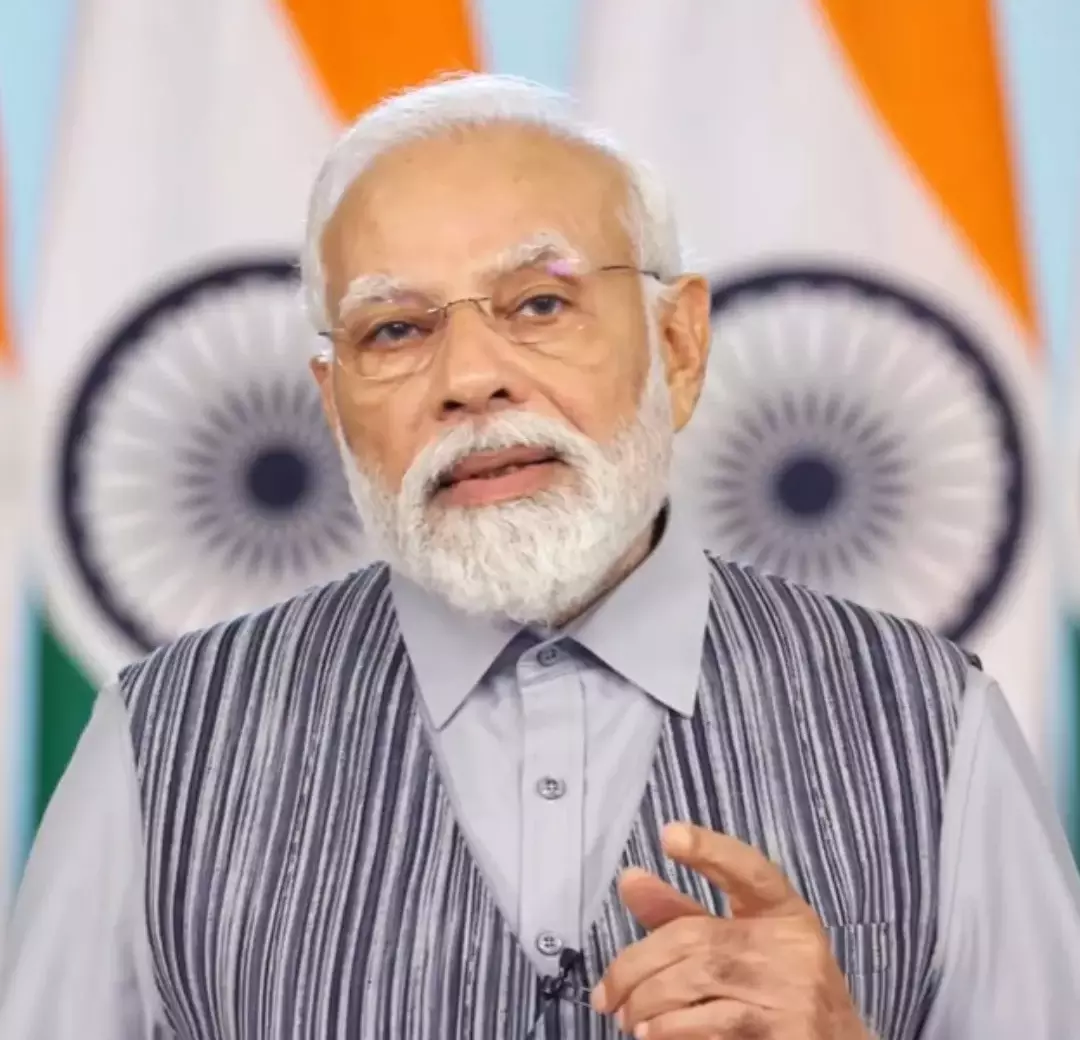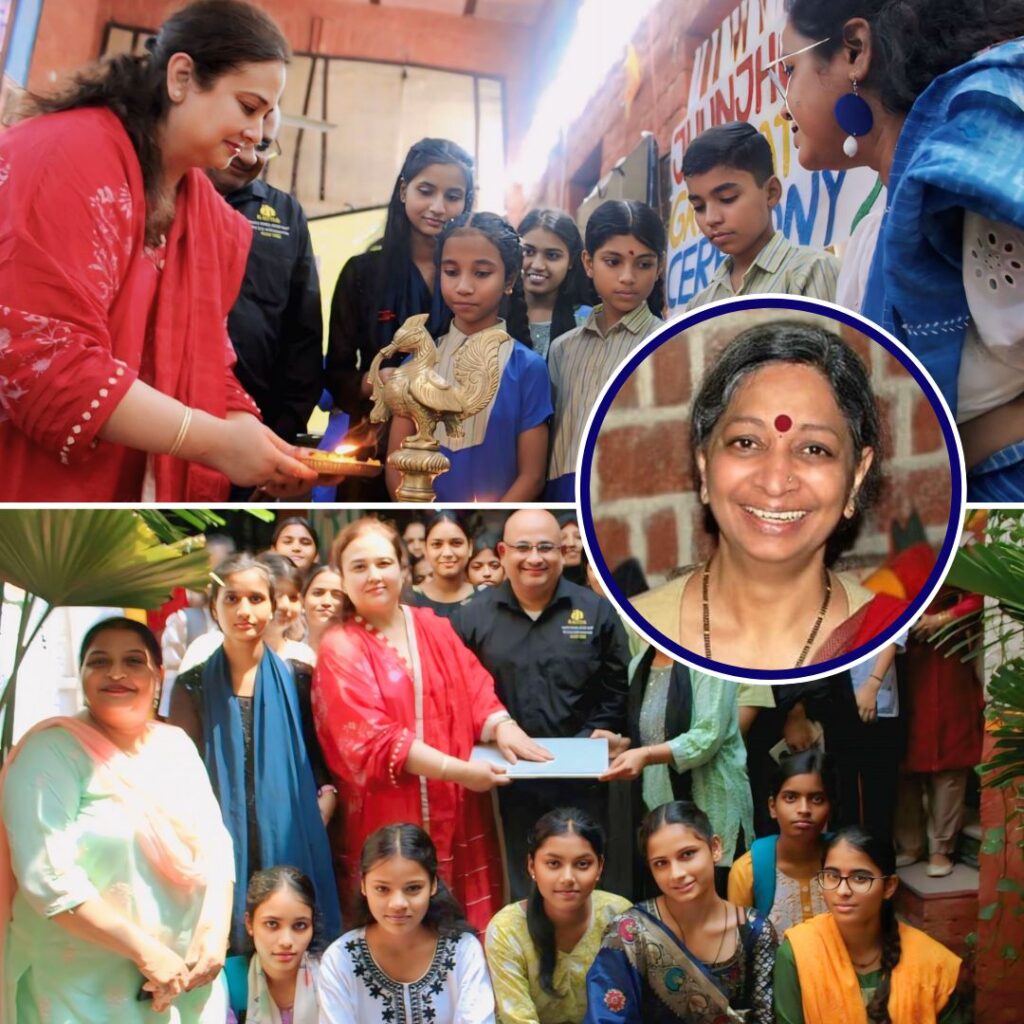Prime Minister Narendra Modi recently launched a significant initiative aimed at enhancing the living conditions of tribal communities in India, unveiling the Dharti Aaba Janjatiya Gram Utkarsh Abhiyan in Jharkhand. This comprehensive program is backed by a financial commitment of over ₹83,700 crore. The initiative is designed to benefit more than 5 crore tribal individuals across 549 districts in 30 states and Union Territories, focusing on critical areas such as social infrastructure, health, education, and livelihood.
Key Highlights of the Initiative
- Financial Commitment: The government has earmarked ₹79,150 crore for the Dharti Aaba Janjatiya Gram Utkarsh Abhiyan, which aims to ensure holistic development in tribal-majority areas
- Infrastructure Development: The initiative plans to construct over 20 lakh pucca homes, develop 25,000 km of roads, and establish 40 Eklavya Model Residential Schools (EMRS) to improve educational access for tribal children
Comprehensive Package for Tribal Welfare
- Interventions and Benefits: The project includes 25 interventions executed by 17 central ministries, targeting essential service gaps. This encompasses the electrification of over 75,800 households belonging to Particularly Vulnerable Tribal Groups (PVTG) across approximately 3,000 villages
- Health and Livelihood Initiatives: The plan also features the operationalization of 275 mobile medical units, establishment of 250 Van Dhan Vikas Kendras, and provision of piped water to more than 5,550 PVTG villages, significantly enhancing healthcare and basic amenities
Political Context and Future Prospects
This announcement coincides with upcoming assembly elections in Jharkhand, marking Modi’s second visit to the state within a short timeframe. His focus on tribal development aligns with the BJP’s broader strategy to strengthen its presence in tribal regions ahead of the elections. Modi emphasized that Mahatma Gandhi’s vision for tribal upliftment continues to guide his government’s efforts.
Conclusion
The launch of these extensive tribal development projects represents a crucial step towards improving the socio-economic conditions of tribal communities in India. By addressing fundamental issues such as housing, education, and healthcare, the government aims to foster sustainable growth and inclusivity among these marginalized populations.











